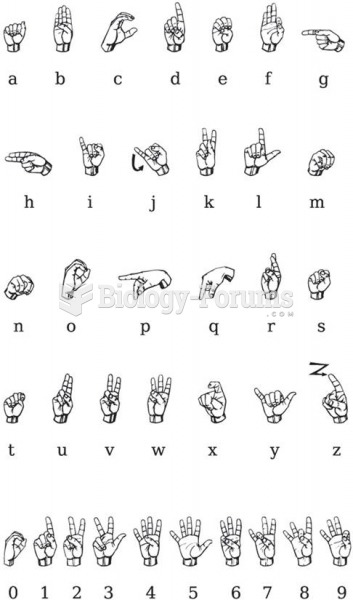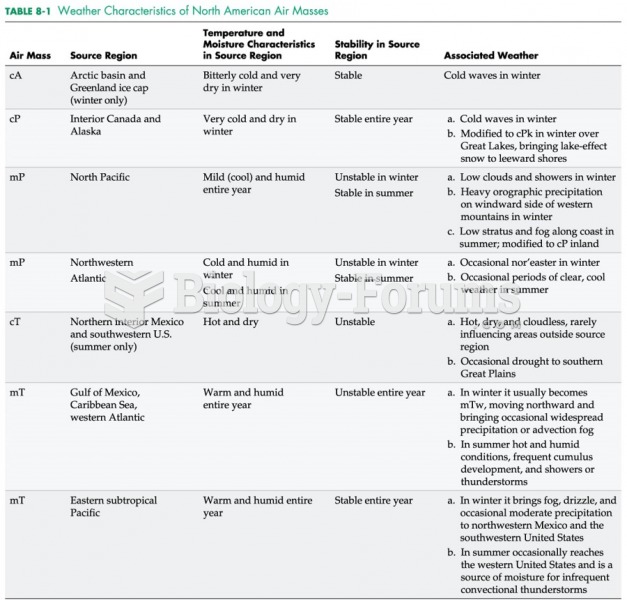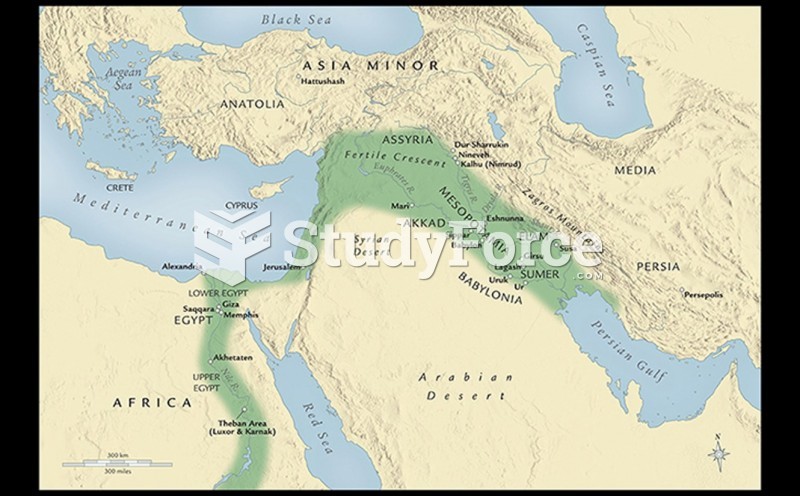Answer to Question 1
In the first decade of the twenty-first century, archeologists established a dating of 3500 to 2600 B.C.E. for two ancient Peruvian sites, Caral and Sechin Bajo. Located in the coastal region northwest of Lima, these sites (only two of many recently uncovered in the area) are as old as, or older than, the Egyptian pyramids and predate the Mayan and Aztec civilizations. Caral, a site with six pyramids, wide plazas, numerous residences, and a sunken amphitheater, probably supported a population that exceeded 3,000 people. The remains of cotton nets suggest that fishing complemented native agricultural production. Other artifacts, such as flutes made of bird bones and cornets (horns) made from deer and llama bones, suggest a music-loving culture. At Chankillo, a third site north of Lima, archeologists have identified a group of thirteen stone towers as a 2,300-year-old solar observatory.
Another early civilization in Meso-America was that of the Olmecs. The Olmecs established urban centers on the coast of the Gulf of Mexico, south of the modern-day Mexican city of Veracruz, where priestly rulers governed on behalf of the gods. This elite cadre oversaw the spiritual life of the communitya population consisting of farmers and artisans at the lower end of the social order, and a ruling nobility at the upper end. They raised temple-pyramids on clay platforms fitted with elaborate drainage systems, created a calendrical system, developed portraiture and mirrormaking, and practiced rituals involving human sacrifice.
Answer to Question 2
The holistic nature of Hinudism stems from the basic tenet that the all-pervading Cosmic Spirit called Brahman inhabits everything of the universe. In every person, this spirit manifests as the Self, or Atman, which, according to the Upanishads, is soundless, formless, intangible, undying, tasteless, odorless, without beginning, without end, eternal, immutable, and beyond nature. Although housed in the material prison of the human body, the Self (Atman) seeks to be one with the Absolute Spirit (Brahman). The spiritual (re)union of Brahman and Atman (known as nirvana) is the goal of every Hindu. This blissful reabsorption of the Self into Absolute Spirit must be preceded by one's gradual rejection of the material world, that is, the world of illusion and ignorance, and by the mastery of the techniques of meditation and through a system of spiritual exercises known as yoga. Yoga (literally to yoke) seeks the joining of one's Atman to Brahman through control of the mind and body. Yoga, as well as Ayurvedaas system of nutritionreveals the Hindu approach to universal connectivity, or holistic living.







